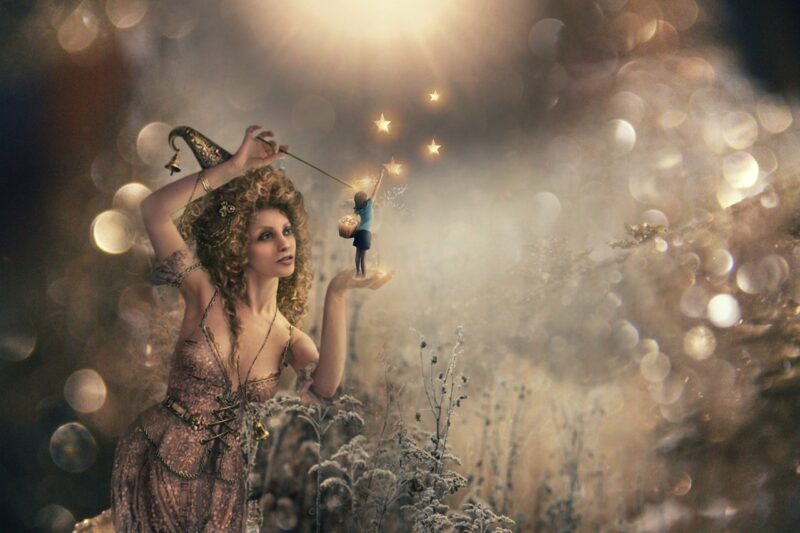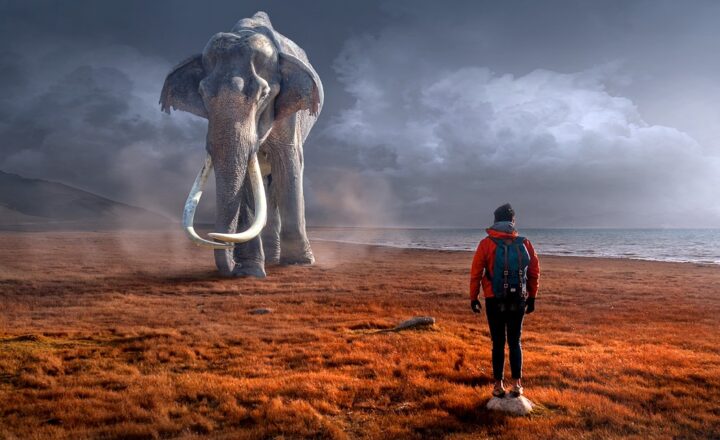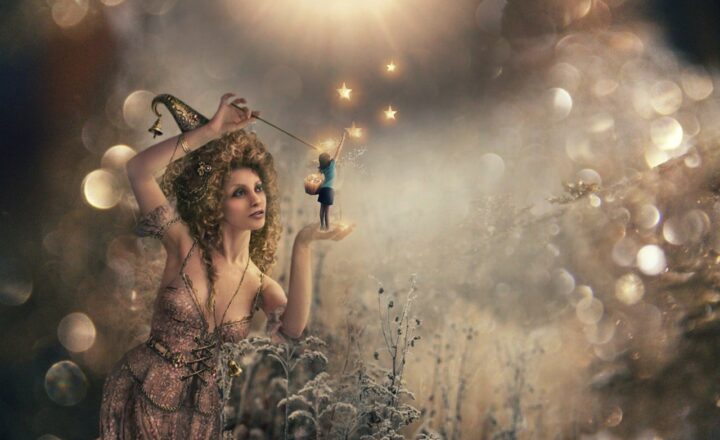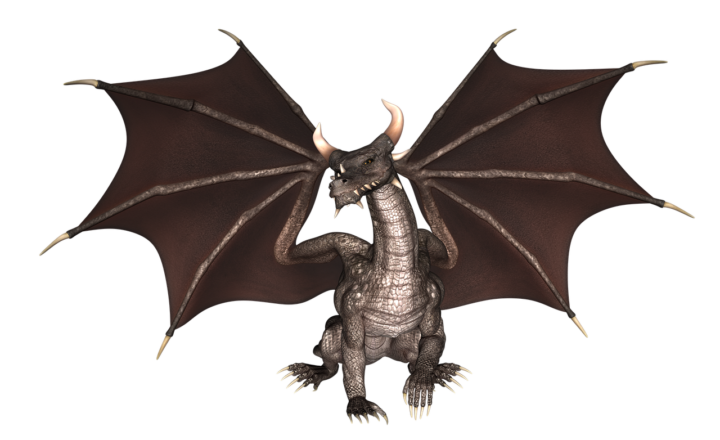
Throughout history, mythology has been a rich tapestry woven from various cultural threads, often featuring fantastical beasts that captivate the imagination. What many may not realize is that many of these mythical creatures were inspired by ancient animals. From the majestic dragon to the elusive unicorn, these creatures were often based on real-world counterparts, either exaggerated or misinterpreted over time. In this article, we will explore some of the ancient animals that inspired the mythical creatures we know today.
1. Dragons: The Evolution from Dinosaurs to Myth
Dragons are perhaps the most iconic mythical creatures across cultures, found in tales ranging from European folklore to Asian mythology. Interestingly, the image of the dragon may have stemmed from the discovery of dinosaur fossils, which ancient people misinterpreted as the remains of gigantic lizards or serpent-like creatures.
– Bone Discovery: Fossils of large reptiles, such as the theropod dinosaurs, were uncovered by early humans, possibly leading to the tales of dragons.
– Crocodiles and Monitor Lizards: Living reptiles like crocodiles may have also contributed to the dragon’s fearsome image, with their scaly skin, sharp teeth, and predatory nature.
– Cultural Variations: In Western mythology, dragons are often portrayed as malevolent, while in Eastern cultures, they are seen as benevolent and wise, protecting humanity and bringing rain.
The dragon’s legacy exemplifies how real creatures have transcended into the realm of myth, cementing their place in both history and storytelling.
2. Unicorns: From Narwhals to Mythical Beasts
The unicorn is a symbol of purity and grace, often depicted as a horse-like creature with a single spiraling horn on its forehead. The origins of unicorns can be traced back to real animals, notably the narwhal, a marine mammal known for its long, spiral tusk, resembling a horn.
– The Narwhal Connection: The narwhal’s tusk was historically mistaken for the horn of a unicorn, leading to tales of these elusive creatures roaming the earth.
– Horse Fossils: Fossils of ancient horses may also have contributed to the imagery of the unicorn, with their elegant stature and unique features fueling the myth.
– Symbolism: The unicorn often symbolizes purity and innocence, making it a prominent figure in medieval bestiaries, further separating its image from its real-world inspirations.
In various cultures, the unicorn remains an enduring symbol, a creature of beauty grounded in the ocean depths of reality.
3. Griffins: Merging Eagles and Lions
Griffins, with the body of a lion and the head and wings of an eagle, are a powerful emblem of strength and majesty. These creatures exemplify the marriage of two real animals, symbolizing valor and nobility.
– Eagles and Lions: Both of these animals carry significant cultural weight in ancient civilizations, such as Egypt and Mesopotamia, where eagles represented the heavens and lions denoted terrestrial power.
– Role in Mythology: Griffins guarded treasures and sacred sites, illustrating their role as protectors in mythology, rooted in the noble traits of their real-life counterparts.
– Artistic Representation: The artistic expression of griffins in ancient art exhibits the reverence for both animals, merging them into a creature that instills awe and respect.
The griffin not only represents a blend of strength and majesty but also highlights how the ancients sought to convey their reverence for the creatures of the natural world.
4. Mermaids: Human Fish Hybrids Inspired by Sirens and Manatees
The enchanting image of mermaids has captivated cultures for centuries, often depicted as beautiful women with the tails of fish. It is believed that these alluring creatures were inspired by a combination of manatees and the sailors’ myths of sirens.
– Manatees and Dugongs: The form of these gentle sea mammals could easily lead sailors to mistake them for women, especially during long voyages at sea when hallucinations could occur.
– Siren Legends: Sirens were mythological beings who lured sailors to their doom with enchanting songs, evolving the idea into mermaids over time as tales spread and morphed.
– Cultural Diversity: Mermaids appear in folklore across the world, each culture adapting the concept of these half-woman, half-fish beings to their own narratives and values.
From the depths of the ocean to the shores of mythology, mermaids celebrate the allure of the unknown, bridging reality with the fantastic.
5. Chimeras: The Fusion of Multiple Beasts
Chimeras, as seen in Greek mythology, are creatures composed of various animals, often depicted with the body of a lion, the head of a goat, and a serpent for a tail. This fantastical beast may have been inspired by the unification of different animal traits observed in nature.
– Real Hybrid Creatures: Crossbreeding between various animals, along with rare birth defects, could have led to the belief in such bizarre hybrids, culminating in the myth of the chimera.
– Symbol of Multiple Traits: The chimera represents the combination of strength, cunning, and ferocity, showcasing the use of attributes from several animals to create a formidable entity.
– Cultural Significance: Chimeras appeared as formidable adversaries in myths, illustrating humanity’s fear and fascination with the unknown and the strange.
By blending characteristics of multiple beasts, the chimera serves as a reminder of how the mysteries of nature inspire mythological thought.
6. Conclusion: The Real Roots of Mythical Creatures
The mythical creatures that populate our stories and legends often reflect a deep-rooted connection to the natural world. By examining the ancient animals that inspired these myths, we gain insight into how cultures interpreted their environments and the creatures that inhabit them. The fusion of real traits with imagination gives rise to stories that are timeless and universal, demonstrating the indelible impact of nature on human creativity.
In celebrating these connections, we can appreciate the rich lineage of storytelling that transforms the ordinary into the extraordinary. As we explore the myths that shape our world, we are reminded that both the real and the imagined have a place in the fabric of our understanding of nature.








